How to Connect & Protect for Zero Trust Security
Do you trust your network? Performance may be in an optimal place, and workplace operations are thankful for that. But what about security? ‘Zero Trust’ is a practice every IT leader and decision maker should be educated on as more and more organizations have realized that all attacks don’t originate from the other side of the firewall. Attacks can be launched from anywhere, including within the network itself. Network administrators must always operate under the assumption that their network has already been breached. And sadly, for some reading this article, that may be the case.



















